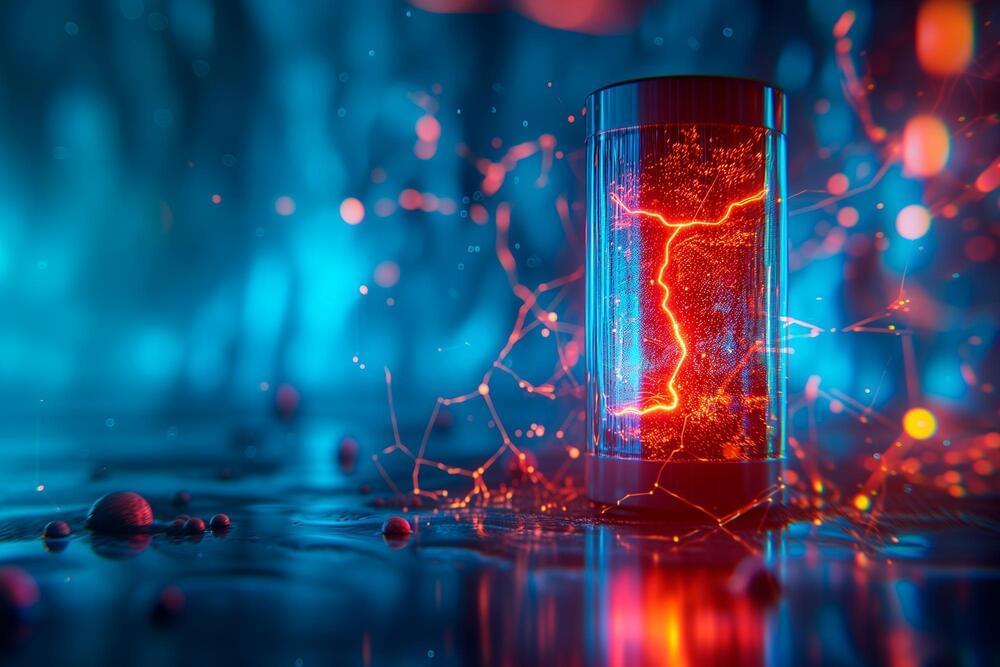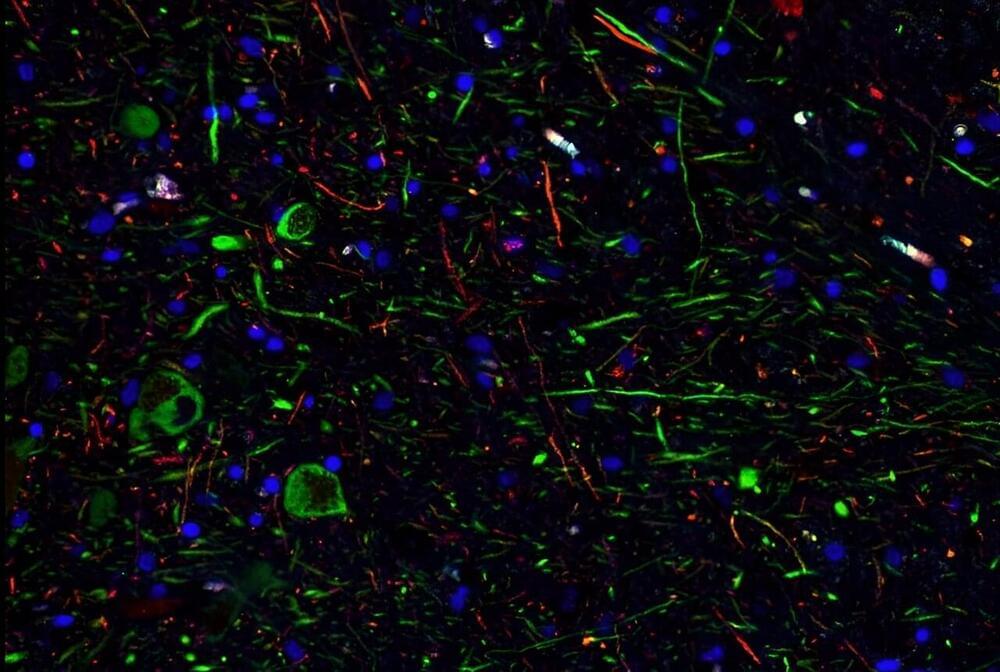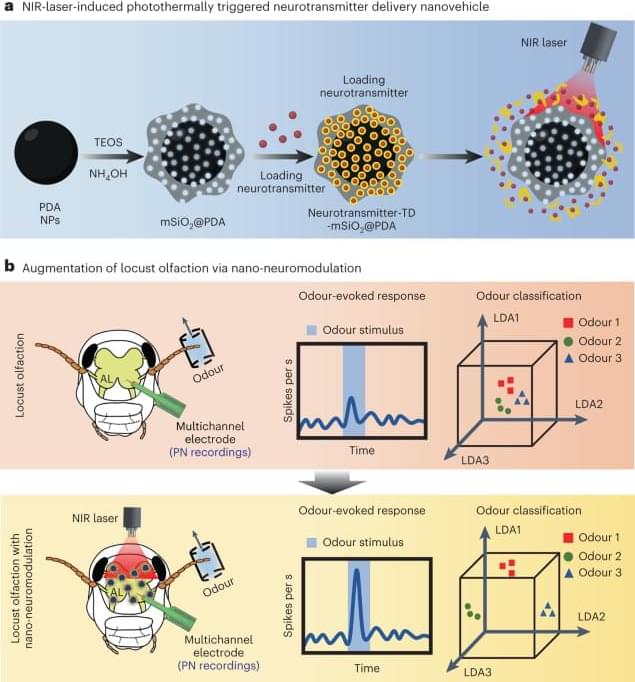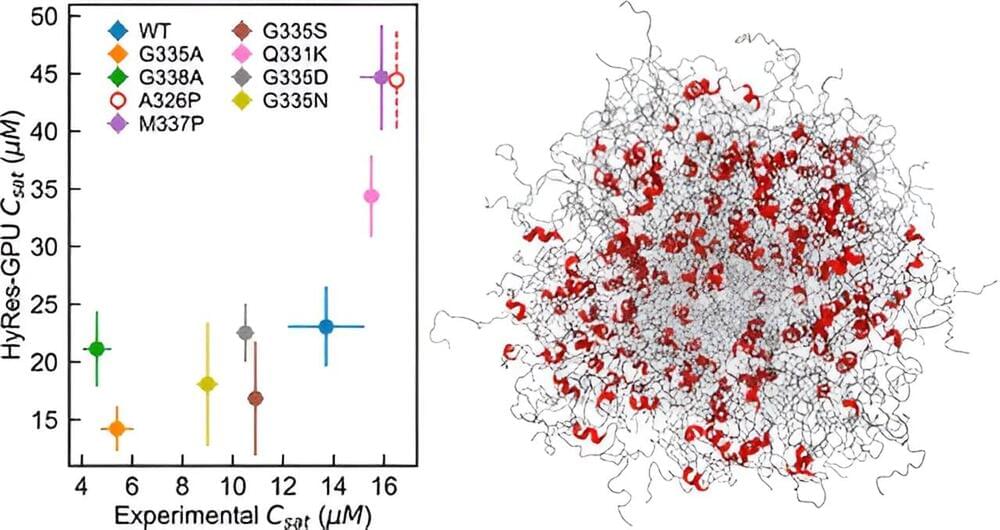Researchers at the University of Cordoba, in collaboration with other institutions, have developed a new type of battery using hemoglobin as a catalyst in zinc-air batteries. This biocompatible battery can function for up to 30 days and offers several advantages, such as sustainability and suitability for use in human body devices. Despite its non-rechargeable nature, this innovation marks a significant step towards environmentally friendly battery alternatives, addressing the limitations of current lithium-ion batteries. (Artist’s Concept.) Credit: SciTechDaily.com.
Researchers at the Chemical Institute for Energy and the Environment (IQUEMA) at the University of Cordoba have developed a battery that employs hemoglobin to facilitate electrochemical reactions, maintaining functionality for approximately 20 to 30 days.
Hemoglobin is a protein present in red blood cells and is responsible for conveying oxygen from the lungs to the different tissues of the body (and then transferring carbon dioxide the other way around). It has a very high affinity for oxygen and is fundamental for life, but, what if it were also a key element for a type of electrochemical device in which oxygen also plays an important role, such as zinc-air batteries?









